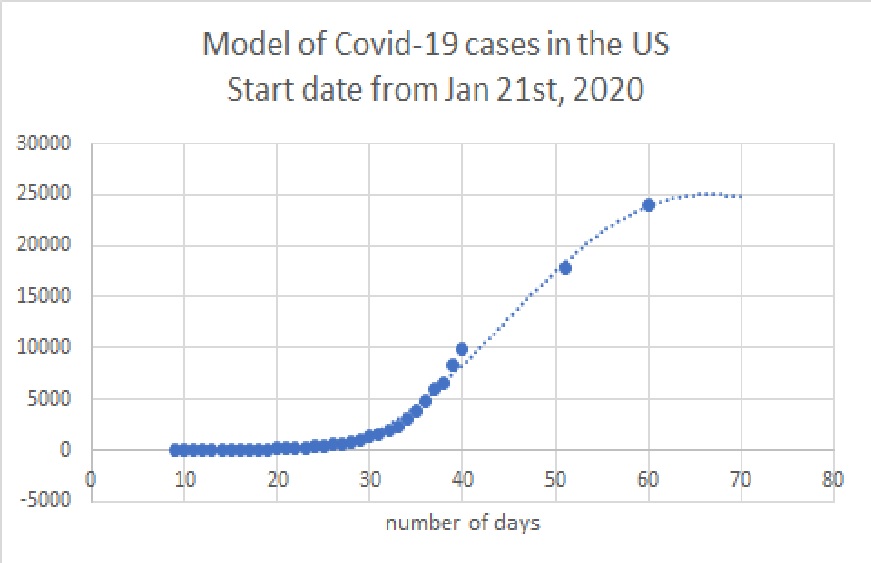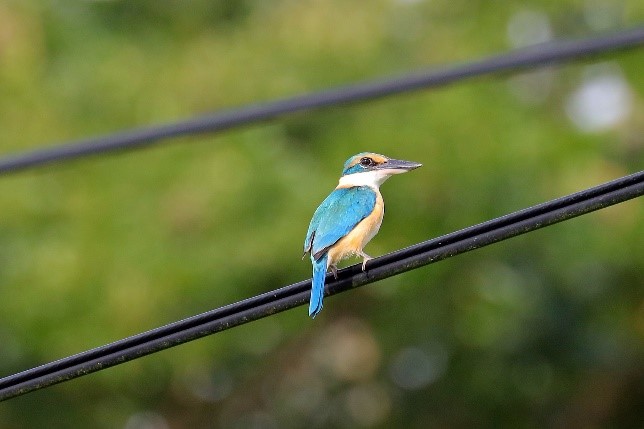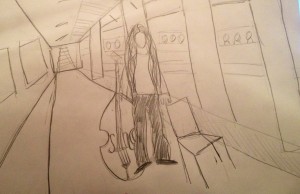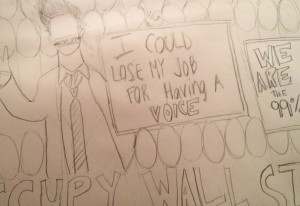“Second place goes to the team whose silver on their t-shirts shined….”
We had all been up since 6am and were exhausted. The team didn’t win a prize in any of the categories and were disappointed; we just wanted to go home. But, suddenly, our ears perked up – we have silver on our T-shirts?
The announcer continued calling out “..Team 36052, Toby Panthers..”
The kids went wild, Ms. Ebersole literally fell off the stands, I just sat there in disbelief and the Principal Ms. Garner burst out in tears.

First Lego Robotics Team – Toby Farms Intermediate, Chester, PA
It all started in June when i was cleaning my basement and found boxes of old Lego robotics equipment from 4 years ago when i coached my son’s team. Just donating equipment has minimal impact – it needs to come with human help. I remember the kids in our district enjoyed the program, but it was one of many choices and opportunities they have, so it was always difficult to see the real impact. So I decided to try and start a robotics program at a less privileged school district.
Toby Farms Intermediate is a middle school in Chester, PA, an under privileged, economically disadvantaged community with the same issues that face some of our inner cities. Many kids face difficult family and environmental issues that get reflected in the school and its performance. With lack of resources, despite the efforts of their dedicated staff, significant challenges exist in the school. Ms. Garner is trying to do everything she can to bring new opportunities to the kids – so when she got my email out of the blue, she immediately responded. It took us several meetings and logistical challenges to finally get the program started in late September. Then my mother fell sick and I left for India.
We finally got going in October – already over 6 weeks behind most teams. Working with these kids was a completely new experience. Most had not even touched Lego pieces before. Every step of the way had logistical issues – from a space to meet, to bussing issues to arranging a computer and so on. It was difficult to get a consistent group of kids showing up each meeting and thus there was no continuity – but that was all ok, our expectations for the first year was just to give them exposure.
In November, I found myself back in India. When I was away, we had to cancel meetings as there was no one else to coach. In December my mother passed away. It was an extremely difficult time for me and I considered stopping the program entirely, but in the memory of my mother, who lived a very selfless life, I decided to put my grief aside and continue with the kids when I returned.
Three days later i broke my hand!
With the holidays and the loss of days due to bad weather, we were down to a few days before the competition. But the kids stepped up to the plate and the administration and teachers rallied around them with more practice sessions and support. Still we were barely prepared as the competition arrived.
Getting any prize at the competition would have been immensely satisfying but to come in 2nd overall was almost unimaginable. The entire season sounds like a feel good Disney movie script – from the challenging beginning to all the things that went wrong to the beautifully improbable end.
Winning this prize at the competition means a lot more than most people can imagine for the teachers, administrators and most of all for the students of Toby Farms. They rarely get such achievements to celebrate. It gives a sense of hope and confidence to these kids that they too are good enough and smart enough to compete with others. We hope it gives them the encouragement and excitement to remain inquisitive and try new things. The entire school is abuzz with excitement right now.
I want to personally thank everyone at PennFLL for giving us the opportunity to participate in the tournament and for their encouragement and support. We look forward to continue to be part of FLL in the City and hopefully give a lot more kids of Toby Farms exposure to this program.











